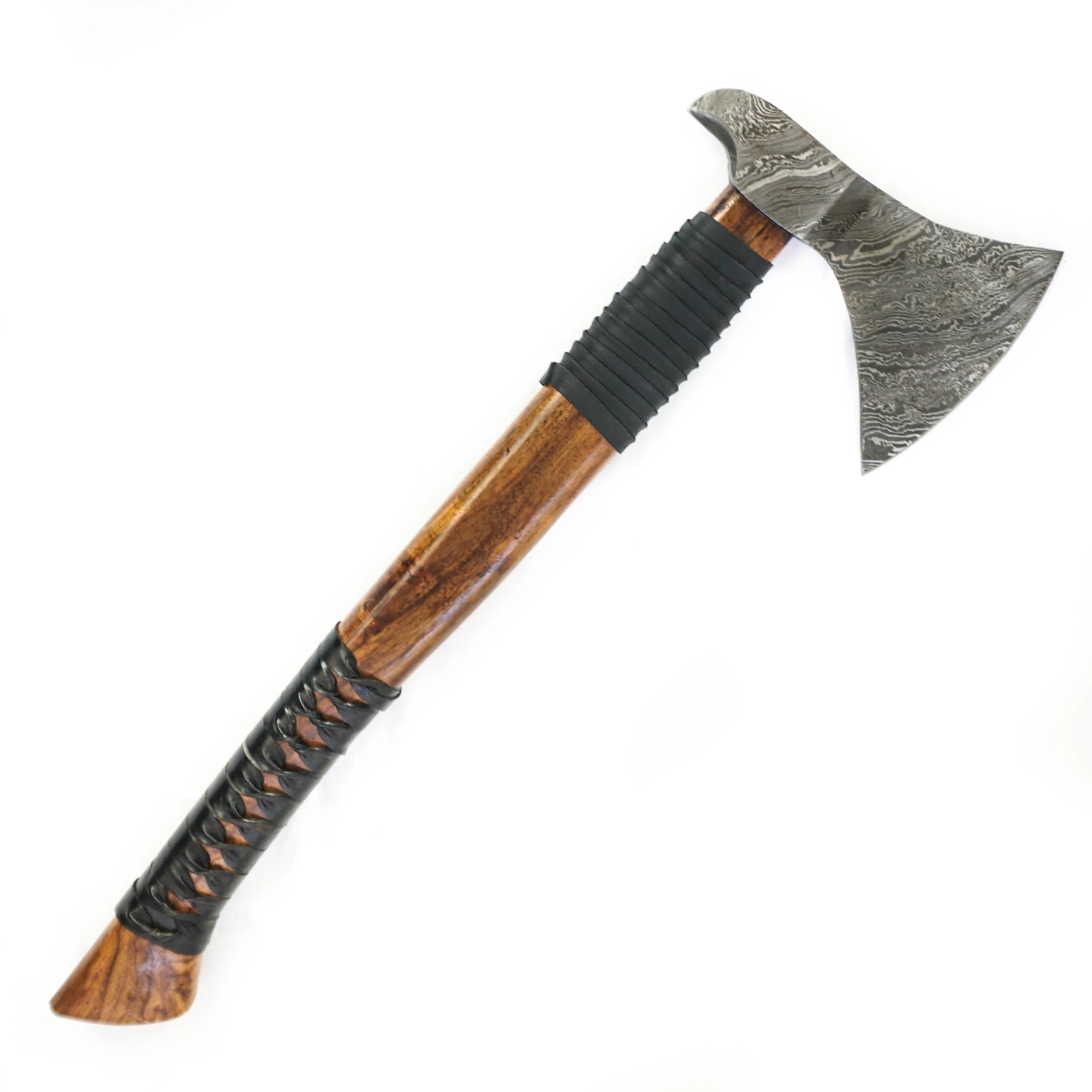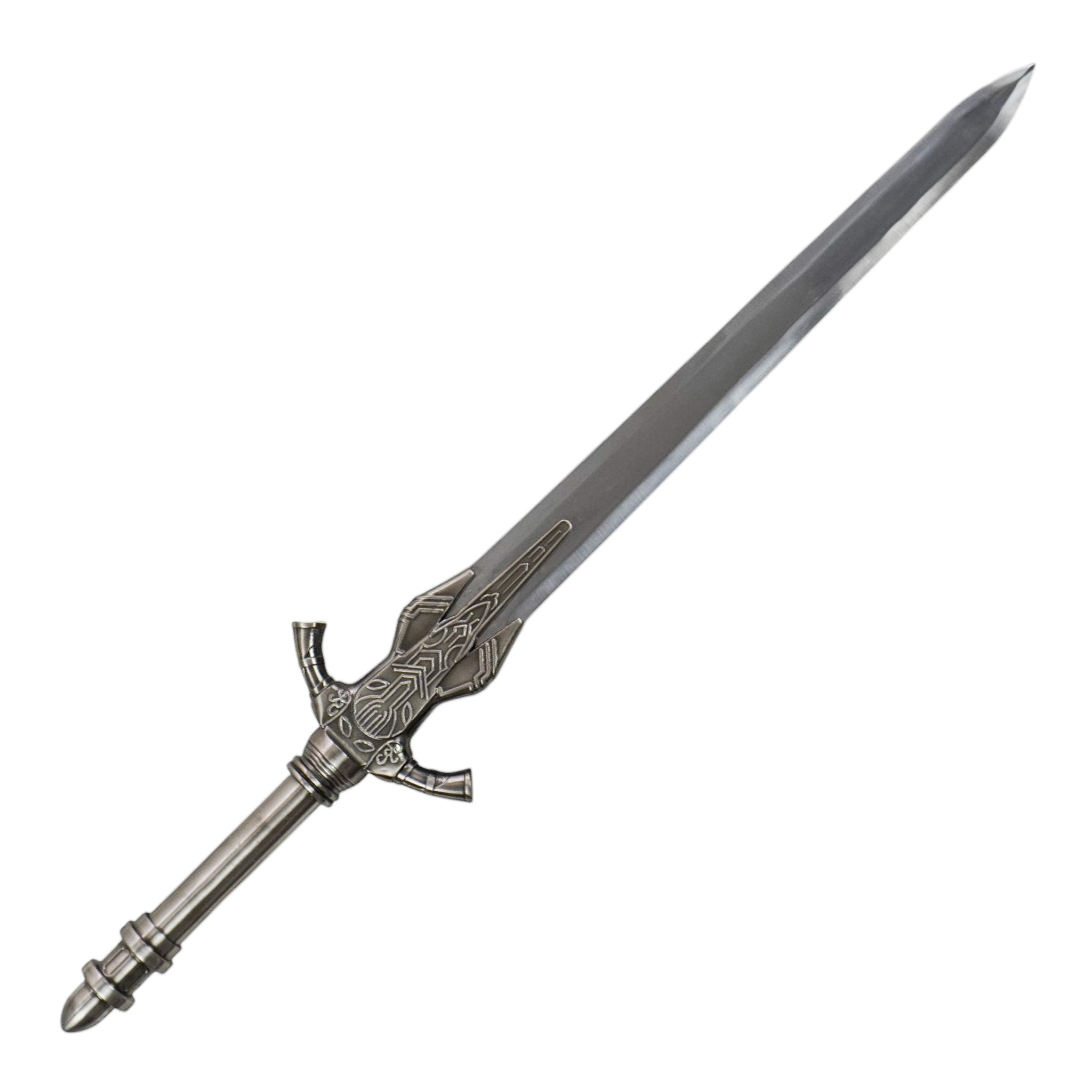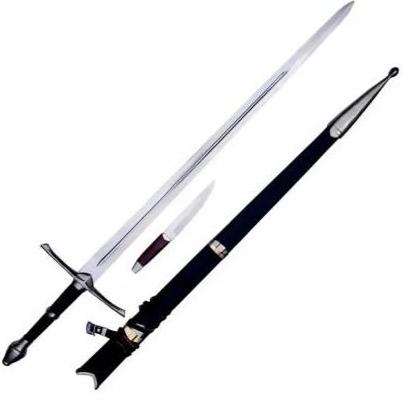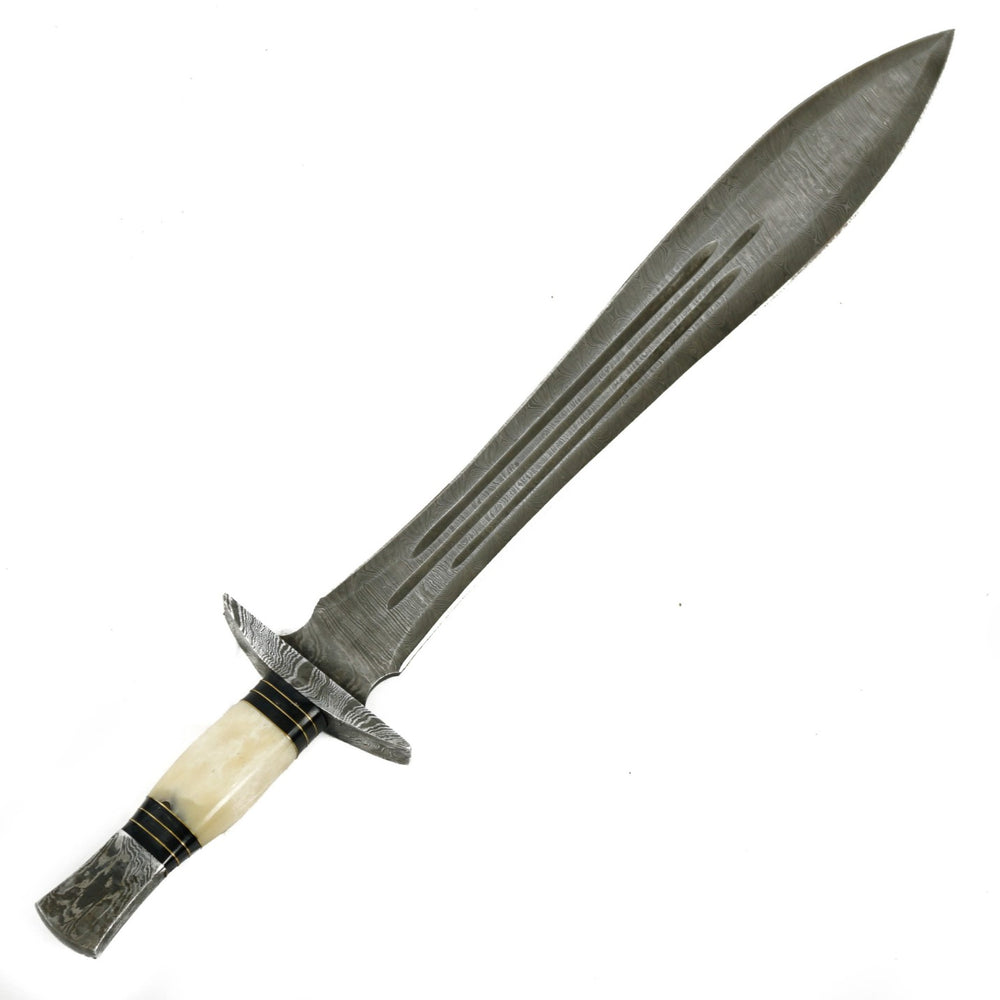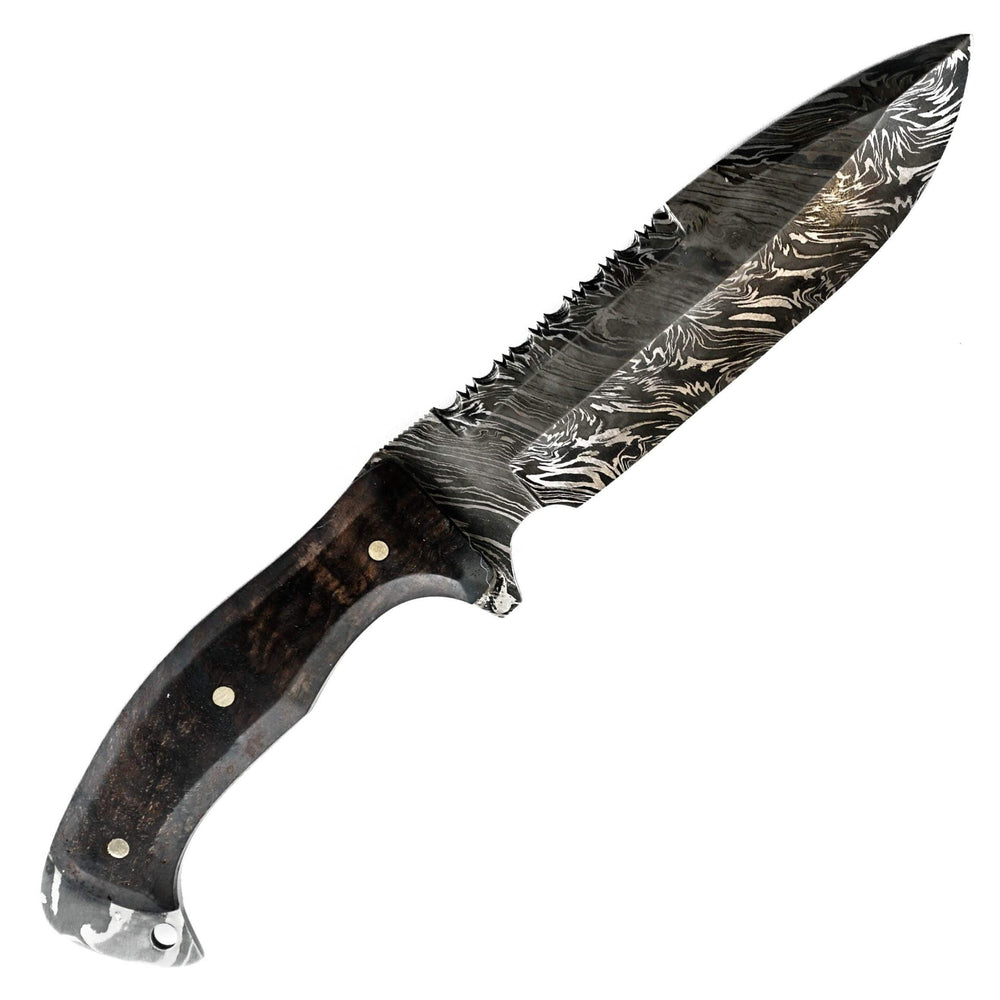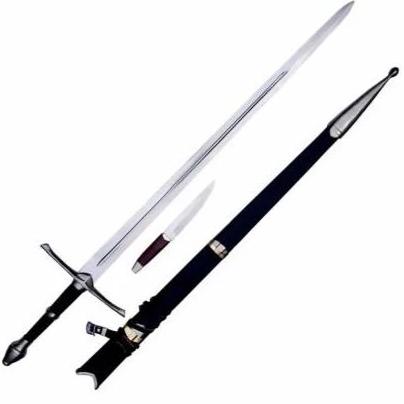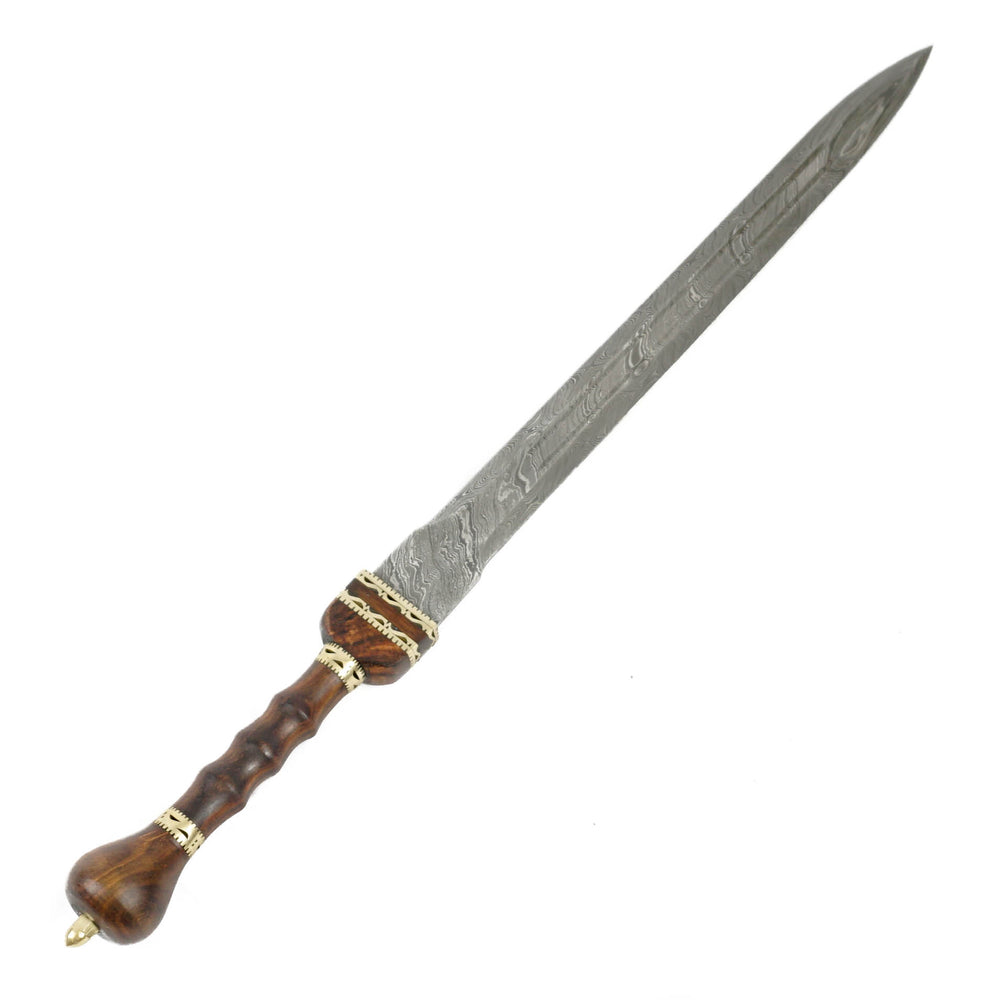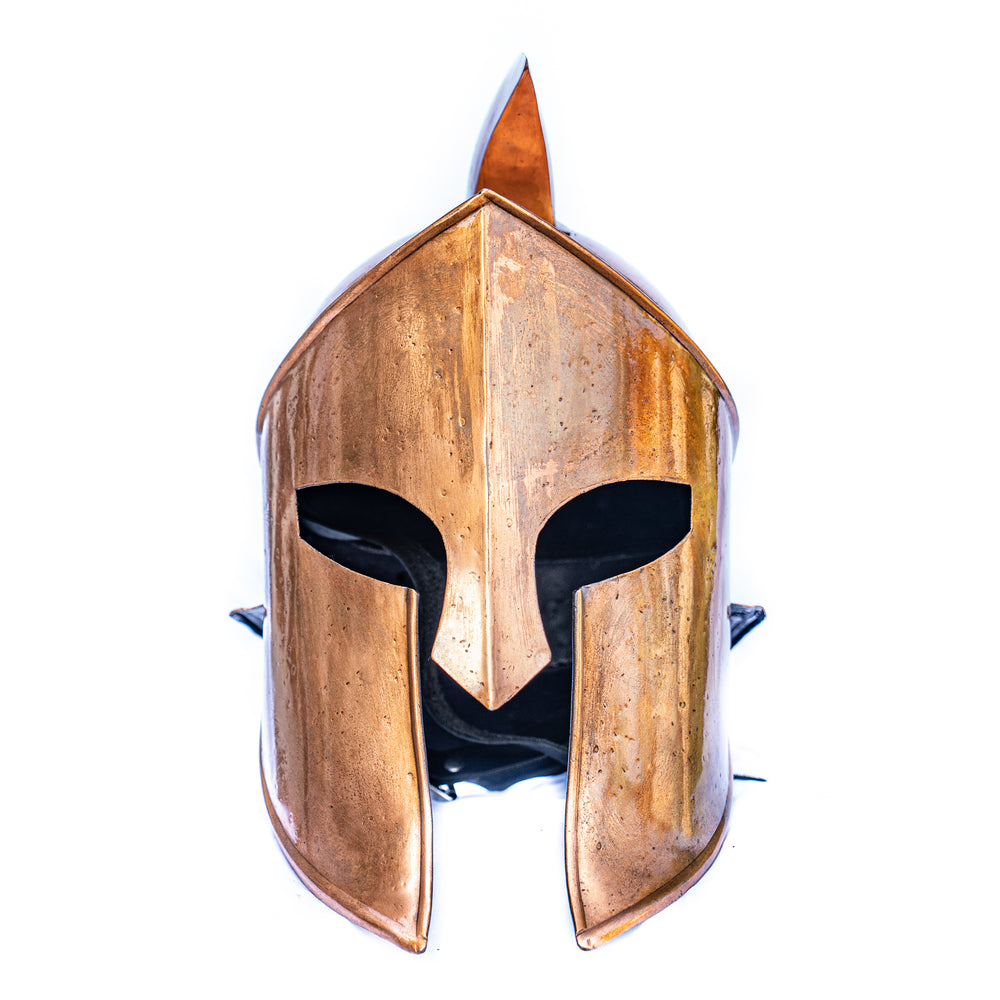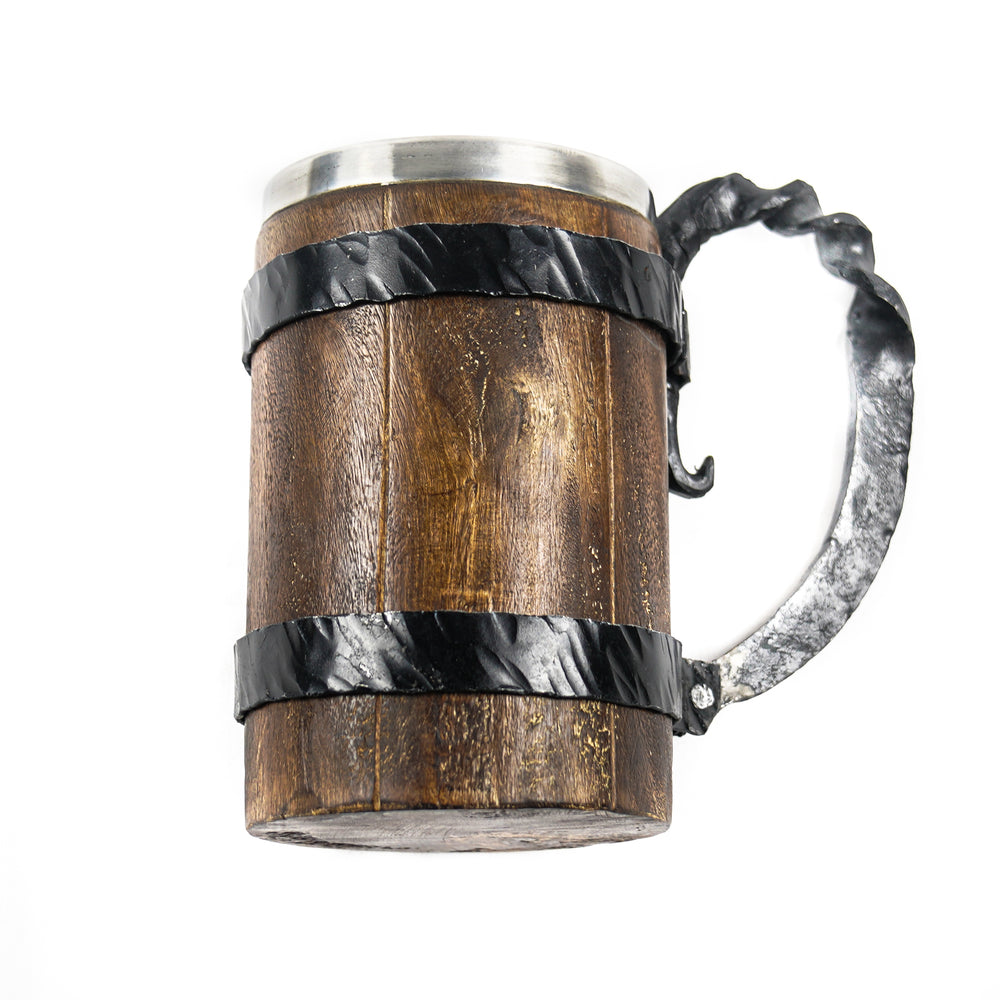The Legacy of Samurai Swords: Exploring the Katana and Short Katana
For centuries, samurai swords have been long-lasting symbols of honor, discipline, and master craftsmanship. Famous for their very beauty, these mythical swords were the weapons of choice for Japan's aristocratic warrior class—the samurai. Two of the most iconic are the long, curved katana sword and its shorter cousin, the short katana, both iconic for the martial arts and cultural heritage of feudal Japan.
At Battling Blades, we pay tribute to this heritage by providing hand-forged, high-quality samurai swords that transfer ancient tradition into the hands of contemporary collectors, martial artists, and fans. Within this blog, we will discuss the history, composition, and contemporary significance of these beautiful and formidable swords.
The History of Samurai Swords
The history of samurai swords is set in Japan's feudal period, wherein honor and war went hand in hand. Swords were not merely weapons of war; they were also the extension of the soul of the samurai, representing their Bushido code of honor—courage, loyalty, and integrity.
As time progressed, variations of the katana evolved, including the short katana, also known as the wakizashi. Carried alongside the standard katana, this shorter blade completed the "daisho"—the traditional pair of swords that signified a samurai’s status.
Anatomy of a Katana Sword
The katana sword is a work of art of both form and function. Its graceful curve, sharp blade, and clear craftsmanship differentiate it from Western swords. Knowing its parts makes its individuality clearer:
Blade (Ha): Generally 60–80 cm long, the blade of the katana is curved when forged, enabling quicker drawing and cutting.
Hamon (Temper Line): Wavy or straight pattern along the edge, this line is an indication of differential hardening of the blade.
Tsuba (Guard): Frequently elaborately decorated, the guard is used to safeguard the hands of the wielder and for looks.
Tsuka (Handle): Traditionally covered with ray skin and silk for a firm grip.
Saya (Scabbard): Lacquered sheath that covers the blade when not in use.
Making a katana sword takes great skill and weeks of committed work. Each one is frequently considered an individual work of art, demonstrating the swordsmith's signature and dedication.
The Power and Purpose of the Short Katana
While the full-length katana was a primary weapon, the short katana played an equally vital role in a samurai’s arsenal. Typically measuring between 30 and 60 cm, the short katana was ideal for close combat, indoor fighting, or as a backup blade when the katana was unavailable.
Contemporary Popularity of Samurai Swords
Even now, samurai swords have a considerable presence. Their elegance, their historical significance, and their cutting ability still fascinate collectors, martial artists, and culture enthusiasts.
Collectors appreciate antique swords because of their rarity, quality, and historical connection.
At Battling Blades, we provide genuine replicas and battle-ready swords that emulate the ancient designs in using contemporary materials and forging technology. If you want a decorative sword or a functional sword, we have the katana sword or short katana for your purpose.
Selecting the Correct Samurai Sword
If you want to acquire a samurai sword, consider the following before buying:
1. Purpose: Are you accumulating, practicing, or exhibiting? This will guide the degree of functionality required.
2. Blade Material: High-carbon steel or folded Damascus steel is best for sharpness and durability.
3. Weight and Balance: A well-balanced sword offers superior control when handling or displaying.
4. Craftsmanship: Note the forging process, polish, and attention to detail in areas such as the tsuba and handle.
Whether you’re looking for a full-length katana sword or a compact short katana, our offerings are forged to honor traditional techniques with unmatched quality.
Caring for Your Katana and Short Katana
Like any fine weapon or collector's item, proper care is essential to preserve your samurai swords:
Clean Regularly: Wipe the blade after handling to prevent rust from fingerprints.
Oil the Blade: Lightly apply sword oil to keep the blade from corroding and stay sharp.
Store Properly: Store the sword in its scabbard and in a dry place to preserve the blade and grip.
Display Securely: Mount or use a stand that supports both the katana and short katana securely.
By doing so, your sword will become a classic focal point of your collection.
Final Thoughts
From feudal Japan's battlefields to today's exhibitions and dojos, samurai swords are more than just weapons. They are a cultural legacy imbued with discipline, craftsmanship, and honor. The mighty katana sword and swift short katana remain awe-inspiring and the object of respect through generations.

